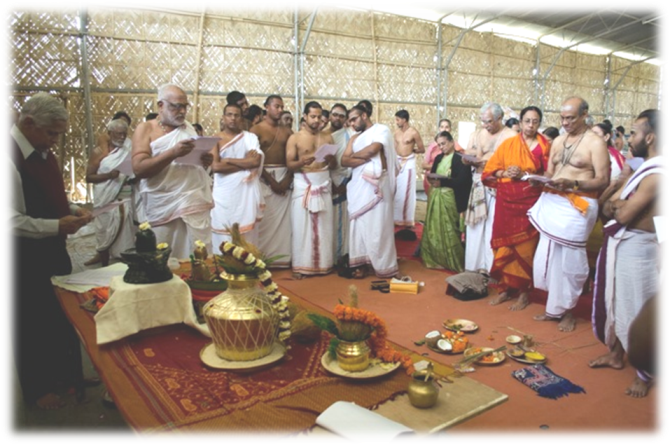

The basis of these discourses and commentaries should either be Mantras or some Sutras. We find that the present samhitas are in the form of Vyakhyana- discourses or commentaries. If so, the basic of these discourses and commentaries, it should exist in Mantras and Brahmanas. it is not imposed or added from the exterior but is a part and parcel of the main body of the Vedas. It is also considered as Upanga of Atharva Veda i.e. the objects in whole universe are denoted by the word ‘ Veda’ or the meaning of the word Veda is reflected in or represented by the whole universe.Īyurveda is an Upaveda of Atharva or Rigveda according to some schools or is a Panchama Veda. Veda in the form of objects is the whole universe i.e. The Veda in the form of words is contained in Mantras (and other subsequent literature). He says that Veda denotes knowledge which has two forms- Shabdarupa Veda and Artharupa Veda, one is in verbal form and the other is in object form.

Shivadasa Sen, a commentator on Charaka, has aptly explained the meaning of the word Veda. Whether their roots are found in earlier works and whether they have been revised and improved in subsequent periods is worth examining, so that a clear picture of the stage-wise historical development may emerge. Glimpses of the concepts expounded in Ayurvedic Samhitas have been given.


 0 kommentar(er)
0 kommentar(er)
